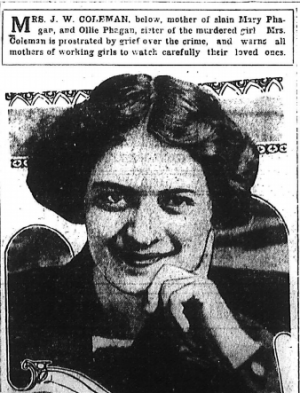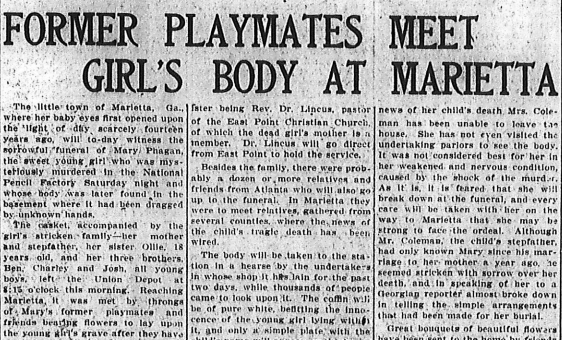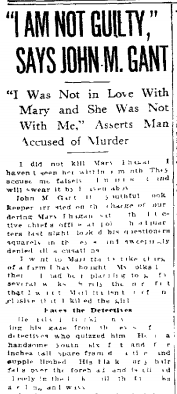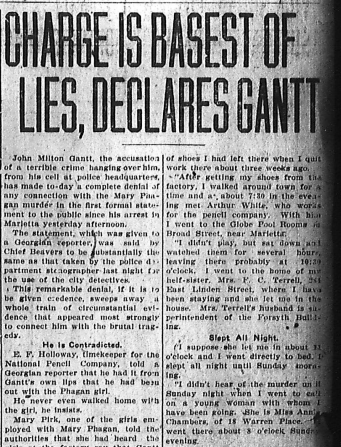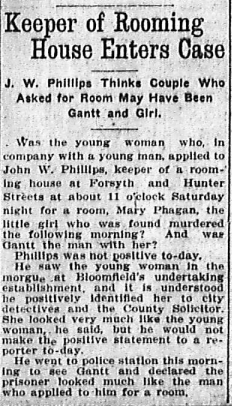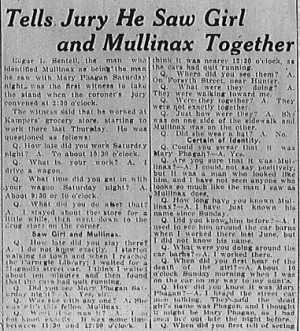 Another in our series of new transcriptions of contemporary articles on the Leo Frank case.
Another in our series of new transcriptions of contemporary articles on the Leo Frank case.
Atlanta Georgian
Wednesday April 30th, 1913
Edgar L. Sentell, the man who identified Mullinax as being the man he saw with Mary Phagan Saturday night was the first witness to take the stand when the coroner’s jury convened at 2:30 o’clock.
The witness said that he worked at Kamper’s grocery store, starting to work there last Thursday. He was questioned as follows:
Q. How late did you work Saturday night? A. To about 10:30 o’clock.
Q. What is your work? A. I drive a wagon.
Q. What time did you get in with your wagon Saturday night? A. About 9:30 or 10 o’clock. Continue Reading →

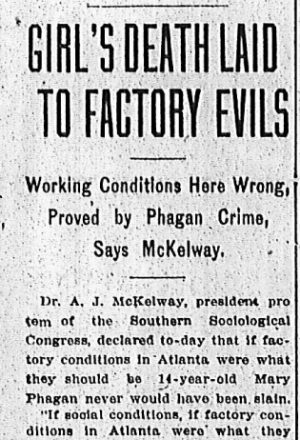
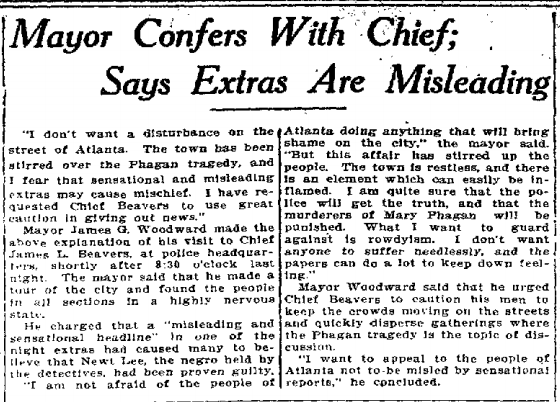
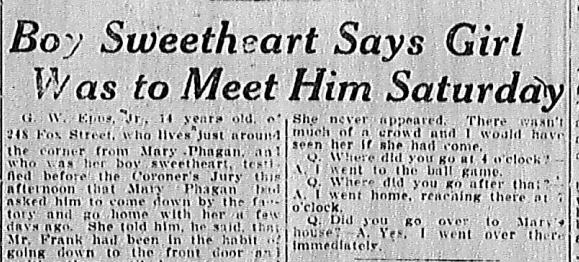
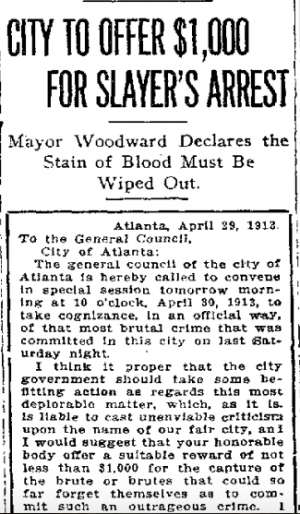
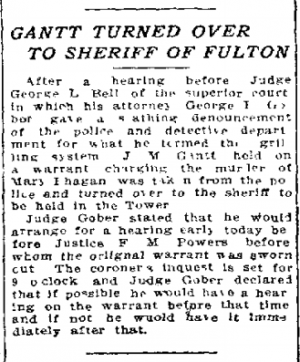
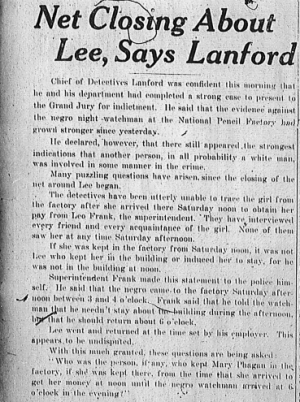

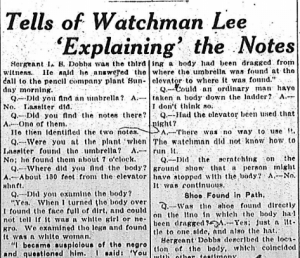
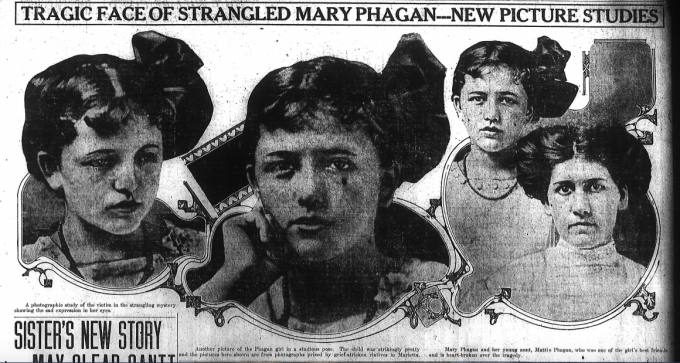
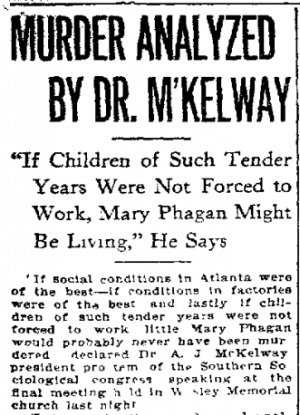
![John M. Gantt, former bookkeeper of the National Pencil company, and acquaintance of Mary Phagan, who is under arrest, and was put through a gruelling [sic] third degree last night at police station. He maintains his innocence.](https://www.leofrank.org/wp-content/uploads/2016/03/Pinkertons-Hired-to-Assist-Police-Probe-the-Murder-of-Mary-Phagan-300x461.png)
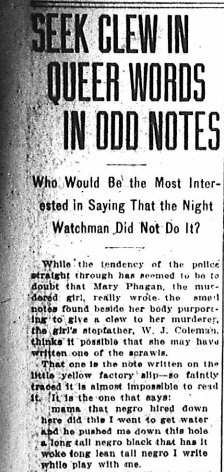
![Gantt reading murder warrant [John M. Gantt was a family friend of Mary Phagan's and was accused of being "infatuated" with the young girl. He was let into the factory on Saturday to retrieve pairs of shoes he had left there prior to his leaving the company. Newt Lee accompanied him as he retrieved his shoes and left Saturday afternoon -- Ed.]](https://www.leofrank.org/wp-content/uploads/2016/02/Factory-Employe-May-Be-Taken-Any-Moment-300x483.png)
